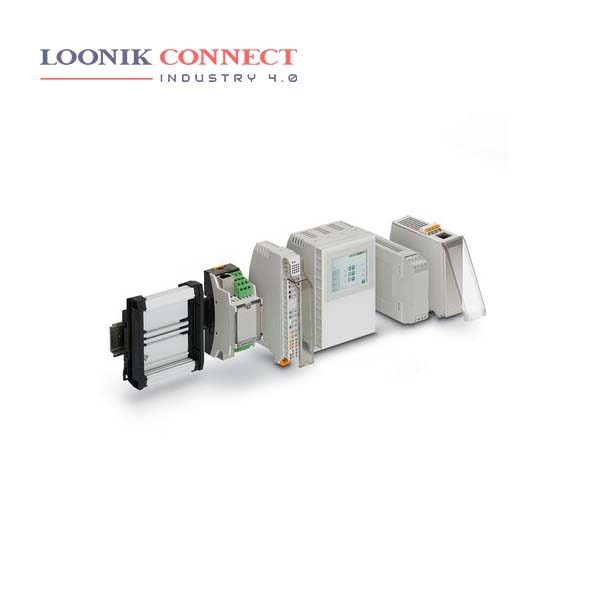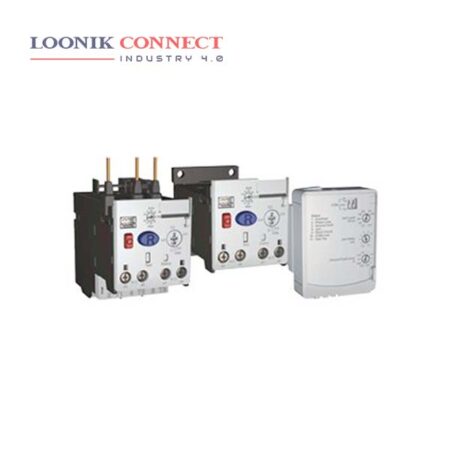Electronics housings are an elementary part of a device. They determine its appearance and protect the electronics from external influences. In addition, they enable assembly in superordinate units. An electrical enclosure is a housing for electrical or electronic equipment. Its purpose is to protect that equipment from the environment (especially in the case of external electrical enclosures) and also to protect people from the equipment (e.g. to prevent electric shock or the propagation of an explosion).
Electrical enclosures are usually made from rigid plastics, or metals such as steel, stainless steel, or aluminum. Steel cabinets may be painted or galvanized. Mass-produced equipment will generally have a customized enclosure, but standardized enclosures are made for custom-built or small production runs of equipment. An electrical junction box (also known as a “jbox”) is an enclosure housing electrical connections.
Polycarbonate + Acrylonitrile Butadiene Styrene (PC+ABS Blend) Polycarbonate and Acrylonitrile Butadiene Styrene are some of the most commonly used plastics for electronic enclosures. Recommended Applications: Aluminum enclosures are an ideal choice for devices that need rugged protection in an attractive and lightweight package. It’s also among the best materials for protecting devices from electromagnetic interference, thanks to its natural RF shielding properties.










